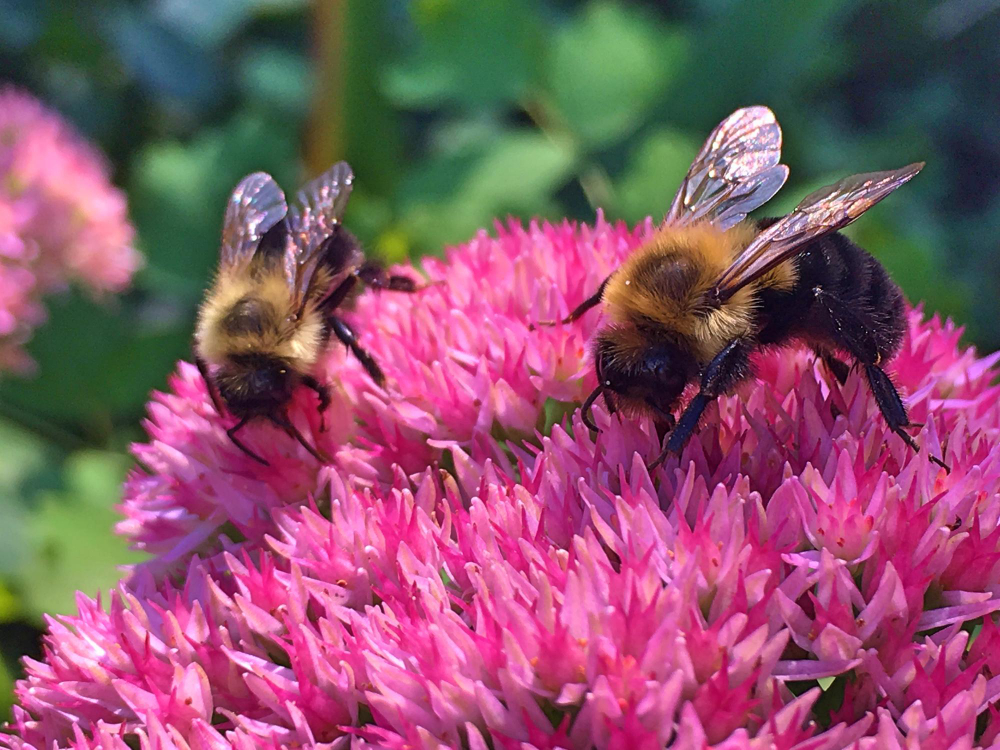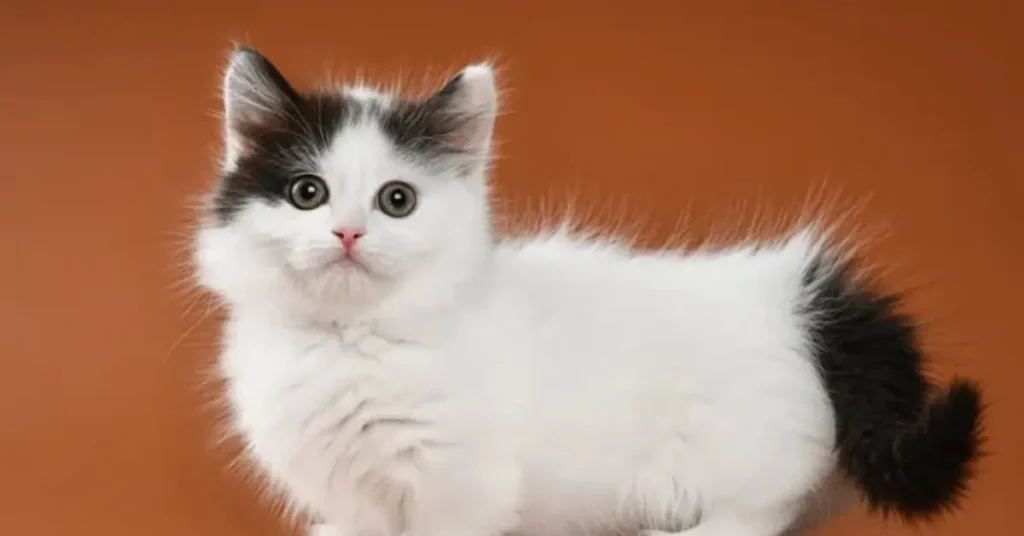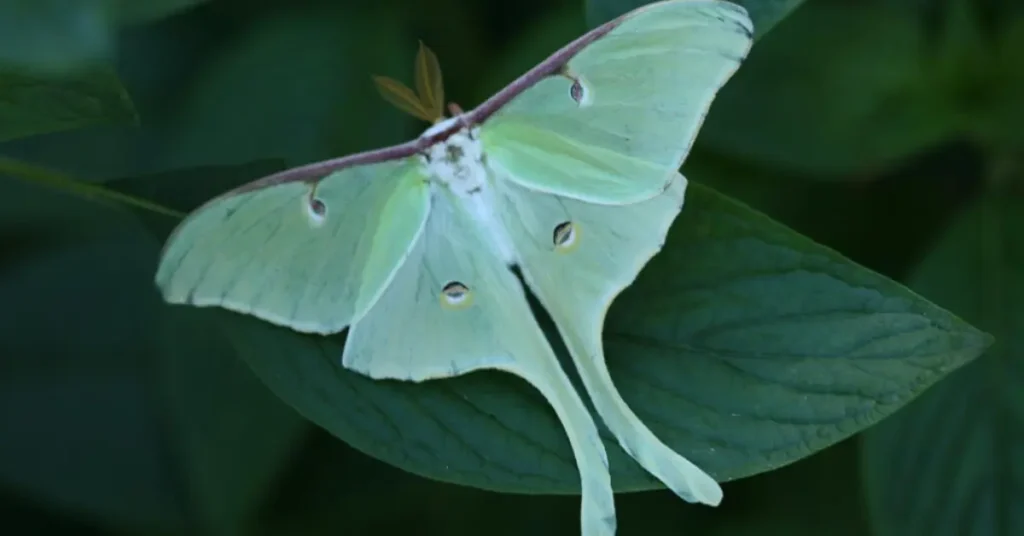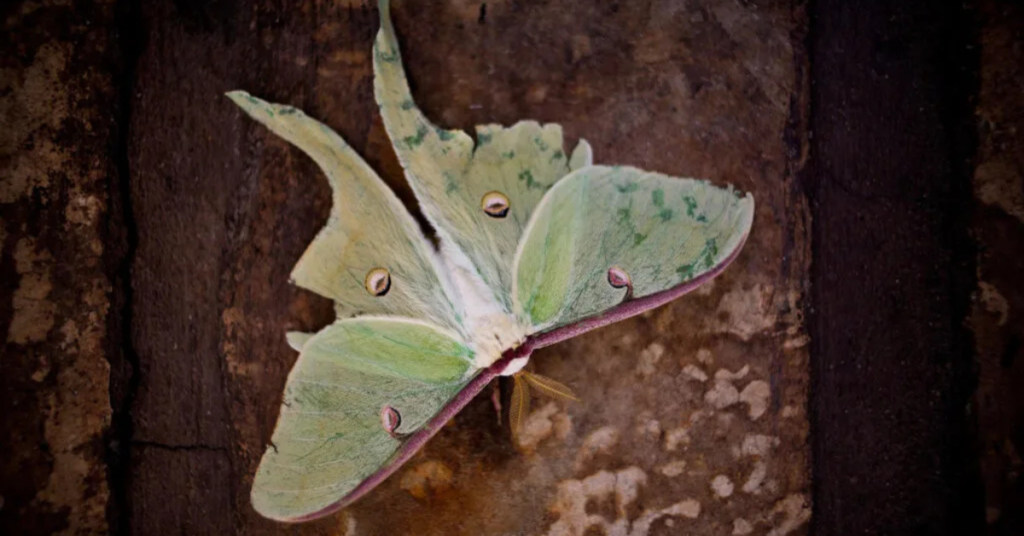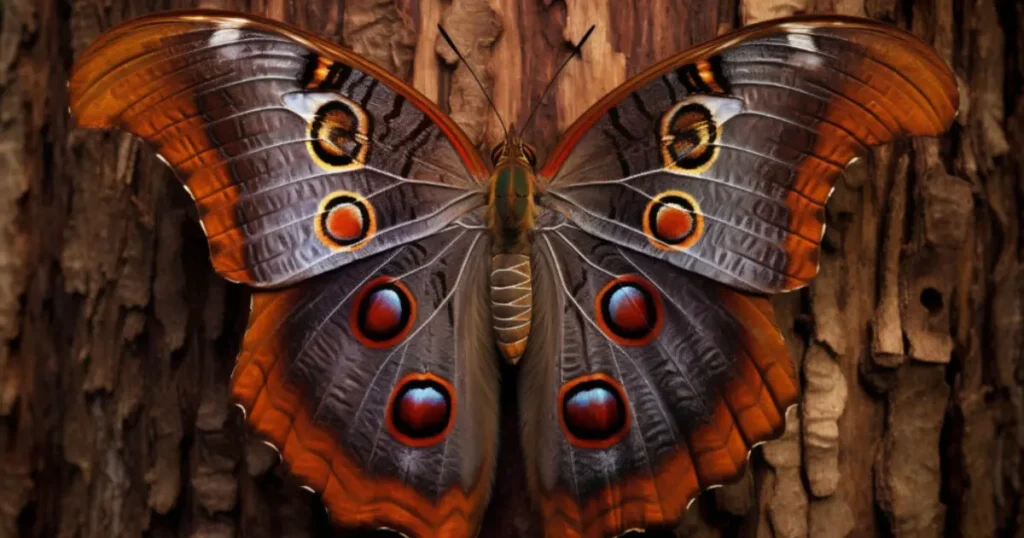Bees are even more captivating than just their common perception of buzzing around flowers and producing honey. Beyond the well-known honeybee, the world is home to numerous species, each with its own appeal and importance. From shimmering metallic green sweat bees to the vivid blue carpenter beautiful bees, these stunning bees captivate with brilliant hues, elaborate designs, and distinctive traits.
They play essential functions in habitats pollinating plants, sustaining ecosystems, and even helping shape entire landscapes. In this guide, we’ll explore 10 of the most eye catching bee species worldwide, delving into their unique characteristics, environmental value, and the preservation initiatives dedicated to protecting them for future generations.
Table of Contents
ToggleWhy Are Bees Important?
Before diving into the details about beautiful bees, it’s important to understand why they matter. Bees, in general, are crucial for pollination the process that allows plants to reproduce. Without bees, many of the fruits, vegetables, and flowers we rely on would not exist. Bees are also essential to biodiversity, helping to sustain ecosystems by pollinating a wide variety of plant species, some of which are vital for the survival of other creatures.
While honeybees are the most famous, there are thousands of other species, each playing a unique role in their environment. Some bees are expert pollinators for specific plants, and others have adapted to living in extreme environments. Let’s now explore the most beautiful bees, whose roles in nature are as captivating as their appearances.
1. Orchid Bee (Euglossini)
One of the most vibrant and beautiful bees in the world is the Orchid Bee. These bees, native to Central and South America, are not only stunning but also play a vital role in pollinating orchids, especially the species that require specific pollination techniques. Orchid Bees are known for their striking metallic green, blue, and gold coloring, which shimmer beautifully in sunlight.
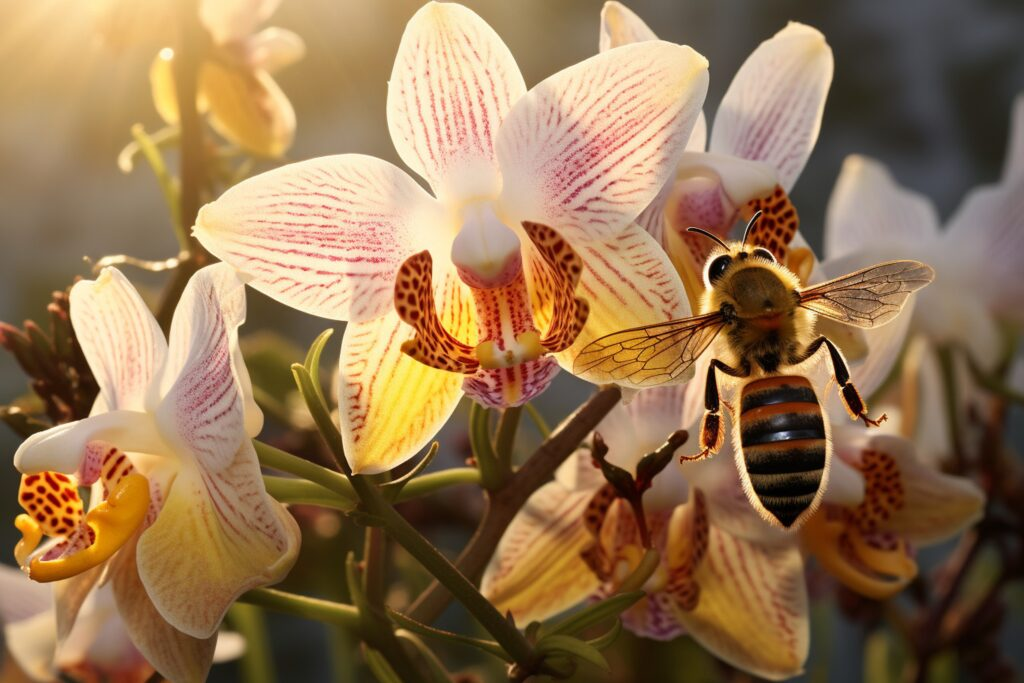
Key Features:
- Colors: Metallic green, blue, and gold
- Role in Pollination: Essential for orchids and other tropical plants
- Fun Fact: Orchid Bees are the only species of bees that collect fragrant oils from plants, which they use to attract mates.
2. Carpenter Bee (Xylocopa)
The Carpenter Bee is a large and robust bee with a shiny, black body, often enhanced with metallic green or purple hues. These bees are solitary and are known for burrowing into wood to create nests, often damaging wooden structures in the process. However, they are also excellent pollinators for fruit trees and shrubs.
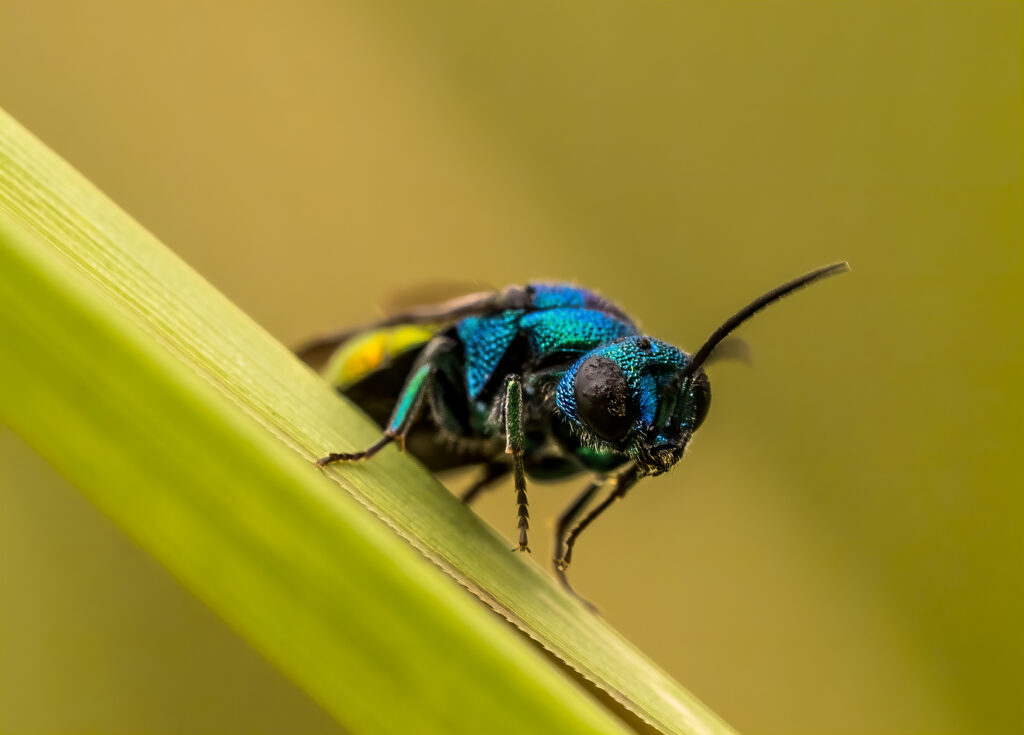
Key Features:
- Colors: Shiny black with metallic green or purple
- Role in Pollination: Essential for fruit tree pollination
- Fun Fact: Unlike honeybees, Carpenter Bees do not live in colonies, and each female bee is responsible for her nest.
3. Blue Tailed Bee (Anthophora)
The Blue Tailed Bee is a striking bee that stands out due to its vibrant blue tail, which provides a stunning contrast to its black body. These bees are solitary and can be found in parts of Europe, where they are key pollinators for various wildflowers and garden plants.
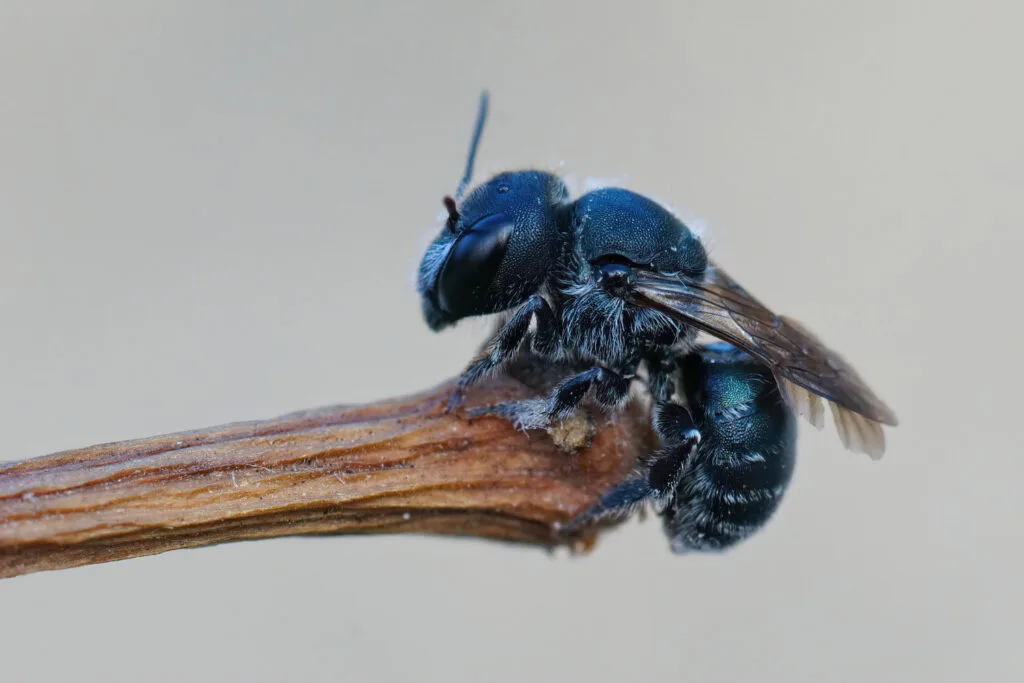
Key Features:
- Colors: A distinctive blue tail with a black body
- Role in Pollination: Pollinates wildflowers and garden plants
- Fun Fact: The Blue Tailed Bee is particularly active during the warmer months, flying energetically from flower to flower.
4. Teddy Bear Bee (Amegilla bombiformis)
Named for its soft, fluffy appearance, the Teddy Bear Bee is a fascinating species found in Australia and New Guinea. These beautiful bees are characterized by their large, furry bodies and yellow-and-black coloring, resembling a tiny teddy bear. They are incredibly important for the pollination of native Australian plants, particularly those with tubular flowers.
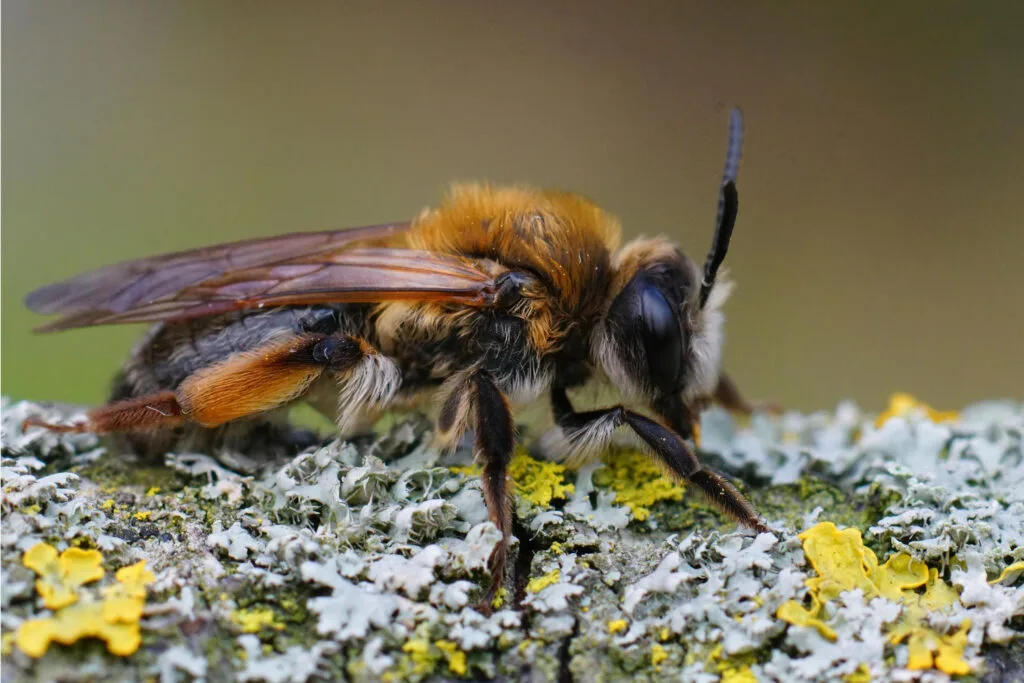
Key Features:
- Colors: Yellow and black, resembling a teddy bear
- Role in Pollination: Crucial for Australian flora
- Fun Fact: Teddy Bear Bees are highly efficient at pollinating flowers that other bees struggle with due to their fuzzy bodies.
5. Mason Bee (Osmia)
Mason Bees are solitary bees with beautiful, shiny, metallic bodies. These bees are known for their efficiency in pollination, especially in orchard settings. Unlike honeybees, Mason Bees don’t live in hives but rather create nests in small cavities. They are excellent for pollinating fruit trees, particularly in early spring, when they are among the first bees to emerge.
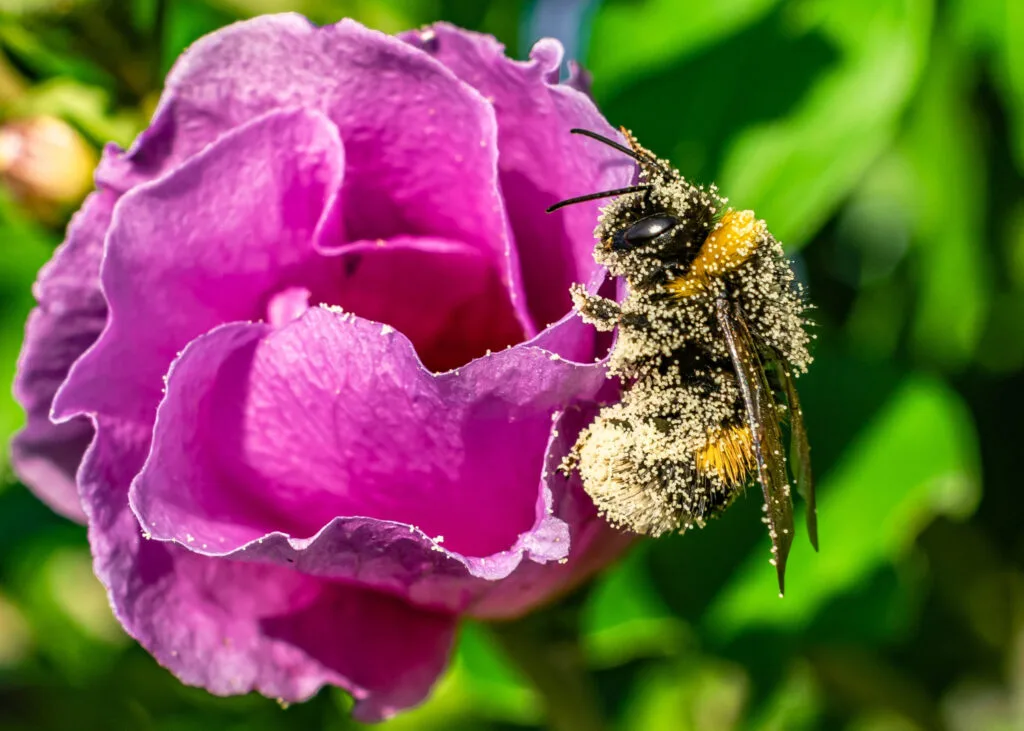
Key Features:
- Colors: Metallic sheen in colors like blue, green, and copper
- Role in Pollination: Effective pollinators for orchards and gardens
- Fun Fact: Mason Bees are far more efficient than honeybees, as they visit many flowers per minute during pollination.
6. Apis dorsata (Giant Honeybee)
The Apis dorsata Honeybee is the largest of all honeybees, found in Southeast Asia. These bees are remarkable not just for their size but for their intricate honeycombs, which they build on tree branches or cliffs. They are highly social and live in large colonies, making them essential for producing honey and supporting the ecosystem.
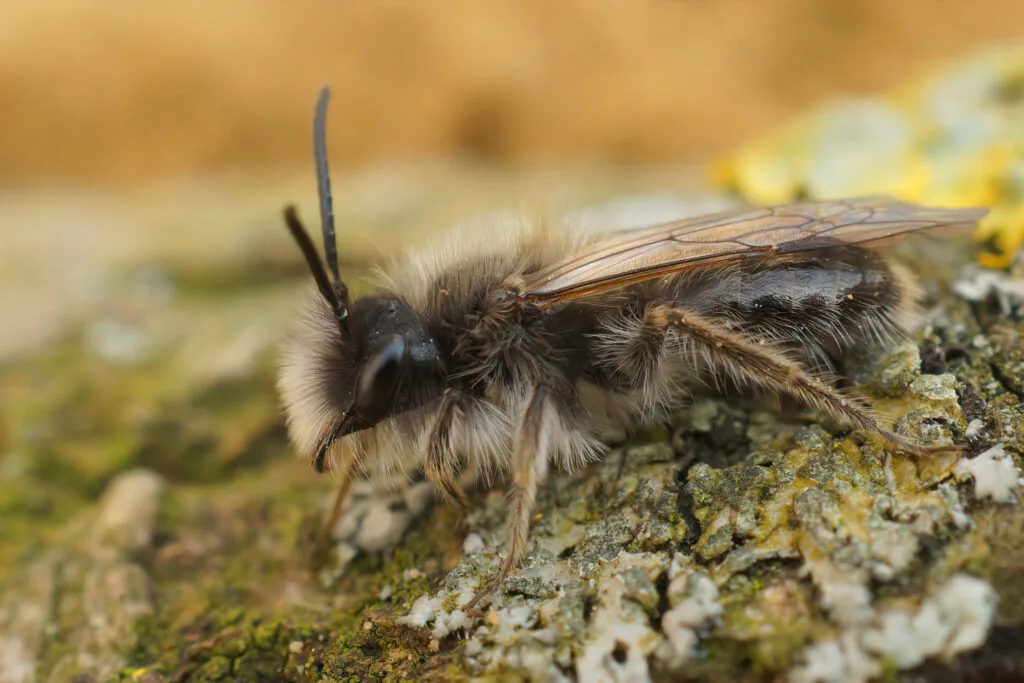
Key Features:
- Size: The largest honeybee species
- Role in Pollination: Pollinates a wide range of plants while producing honey
- Fun Fact: Giant Honeybees are known for building their hives in open spaces, often hanging from tree branches in large clusters.
7. Halictidae (Sweat Bee)
Halictidae are a small but beautiful bee species that are often metallic, with bright green and gold hues. These bees are attracted to human sweat, which they collect for its salt content. Despite their small size, they are incredible pollinators and play an important role in pollinating flowers in both gardens and wild habitats.
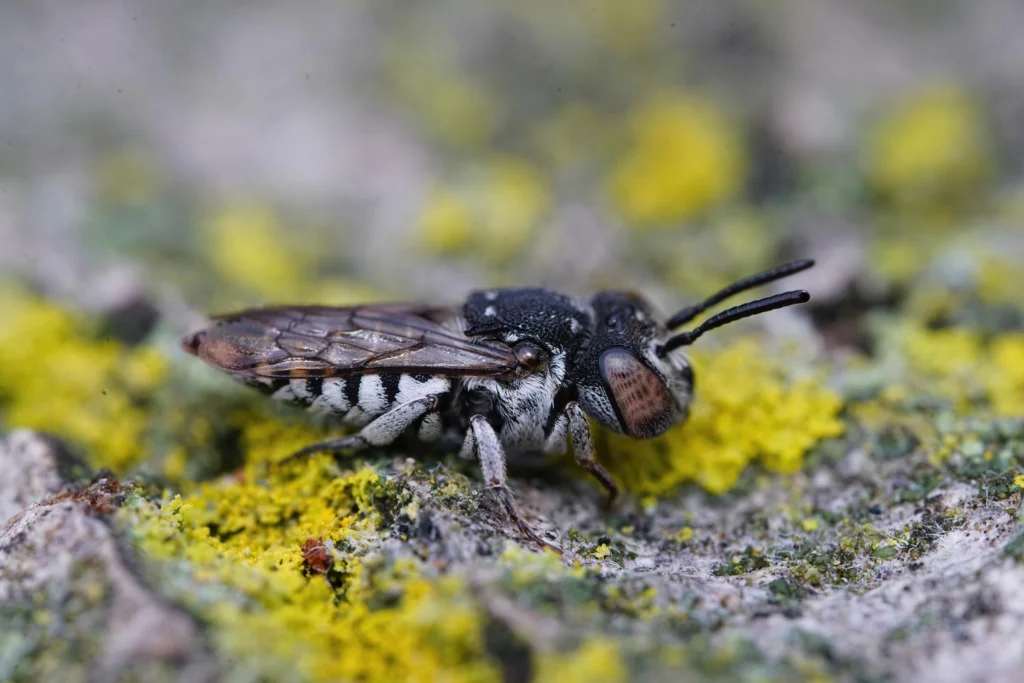
Key Features:
- Colors: Metallic green or gold
- Role in Pollination: Pollinates a wide variety of flowers, especially in gardens
- Fun Fact: Sweat Bees are one of the few bee species that can live in colonies or alone, depending on environmental conditions.
8. Bombus alpinus (Alpine Bee)
The Bombus alpinus is a hardy species that thrives in high-altitude, cold environments. With its large, fuzzy body and distinctive black and yellow pattern, the Alpine Bee is a beautiful bee found in mountainous regions, particularly in Europe and Asia. These bees are essential for the pollination of alpine flowers, which are crucial to the survival of local ecosystems.
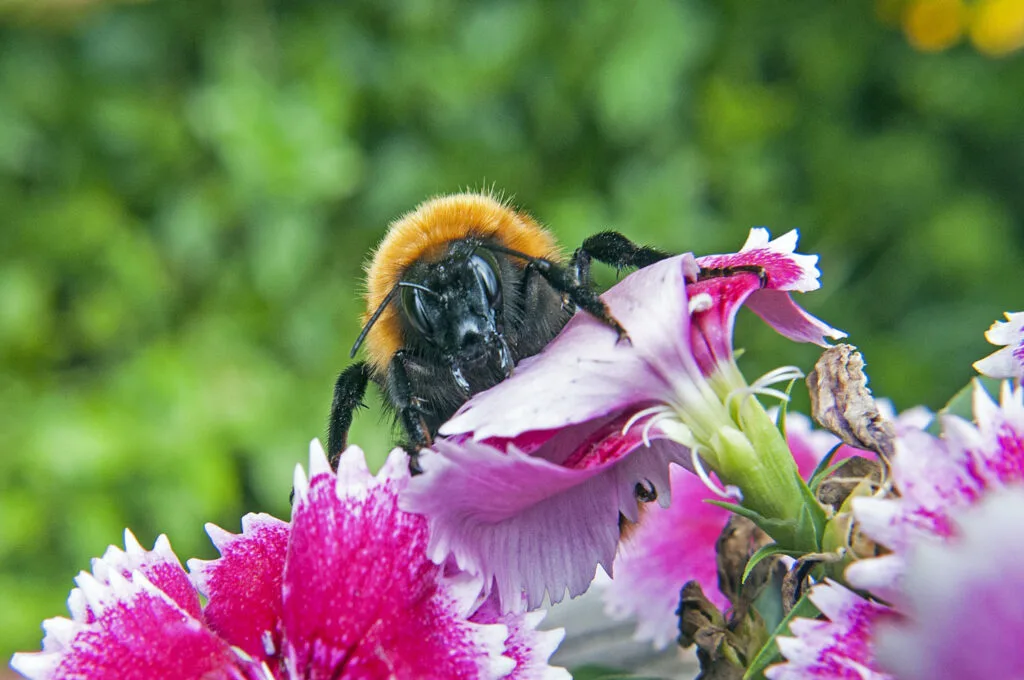
Key Features:
- Colors: Black and yellow, large bumblebee species
- Role in Pollination: Pollinates alpine plants and flowers
- Fun Fact: Alpine Bees are adapted to survive in colder climates, where they can pollinate even in lower temperatures.
9. Bombus Auricomus (Black and gold bumble bee)
The Bombus auricomus (Black and gold bumble bee) is a stunning species with a golden-colored tail and a dark, velvety body. Native to North America, this bee is a vital pollinator for crops like blueberries, tomatoes, and peppers. Its golden tail and large, fluffy body make it a standout among the bee species.
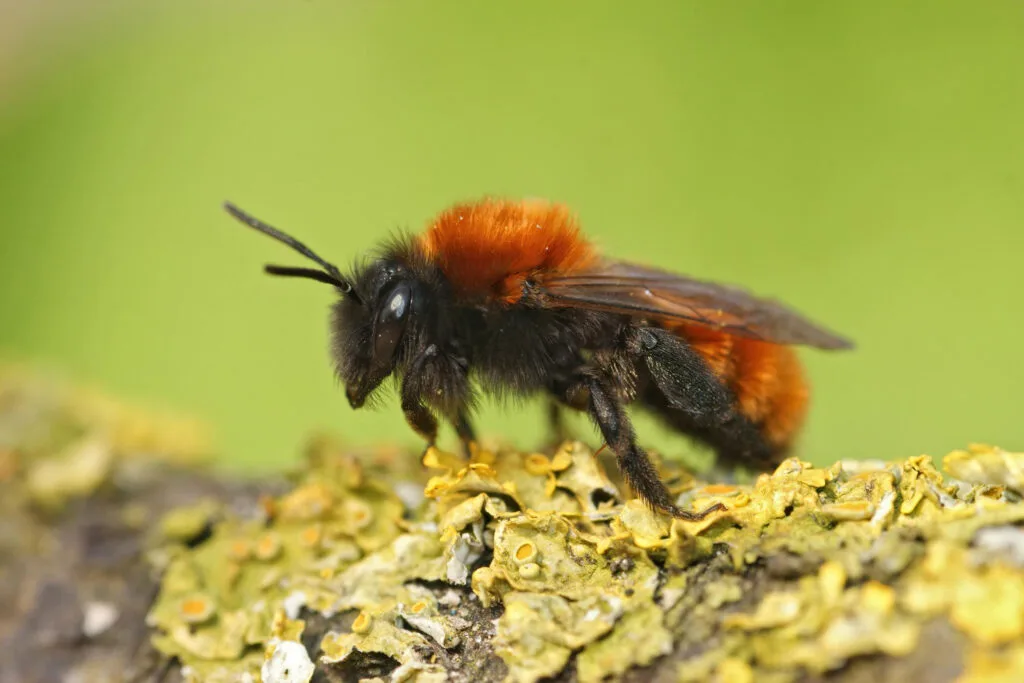
Key Features:
- Colors: Golden tail with a dark, velvety body
- Role in Pollination: Pollinates a variety of crops
- Fun Fact: Golden Tailed Bumblebees are one of the most efficient pollinators for food crops, contributing to healthy harvests.
10. Schrenck's Bumble Bee (Bombus schrencki)
As the name suggests, the Schrenck’s Bumble Bee is distinguished by its bold black and yellow striped body, resembling that of a zebra. Native to parts of Asia, particularly Siberia, this bee is hardy and can thrive in the harsh cold climates of the Russian Far East. Its distinctive coloring and resilience make it a fascinating bee.
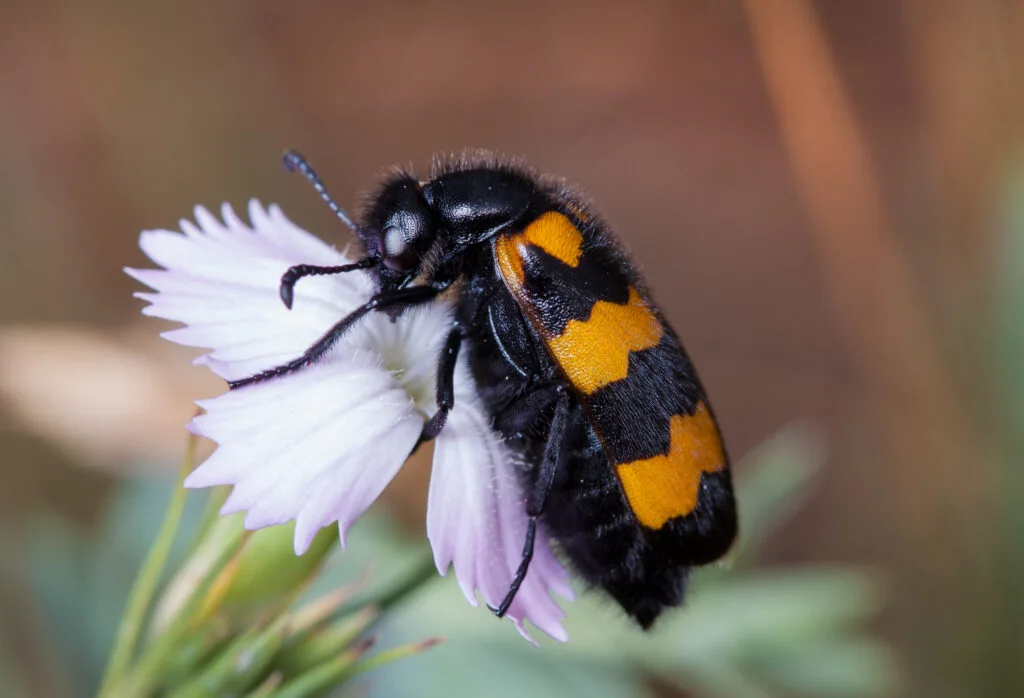
Key Features:
- Colors: Black and yellow stripes
- Role in Pollination: Pollinates plants in cold climates
- Fun Fact: The Zebra Bumblebee is one of the few bee species capable of thriving in extremely cold environments.
Conclusion
These beautiful bees are more than just visually stunning; they play crucial roles in the ecosystems they inhabit. Whether pollinating the flowers in your garden or contributing to crop yields around the world, bees are essential for biodiversity and food security. By understanding the diverse species of bees and appreciating their beauty, we can work towards protecting them and ensuring their survival for future generations.

